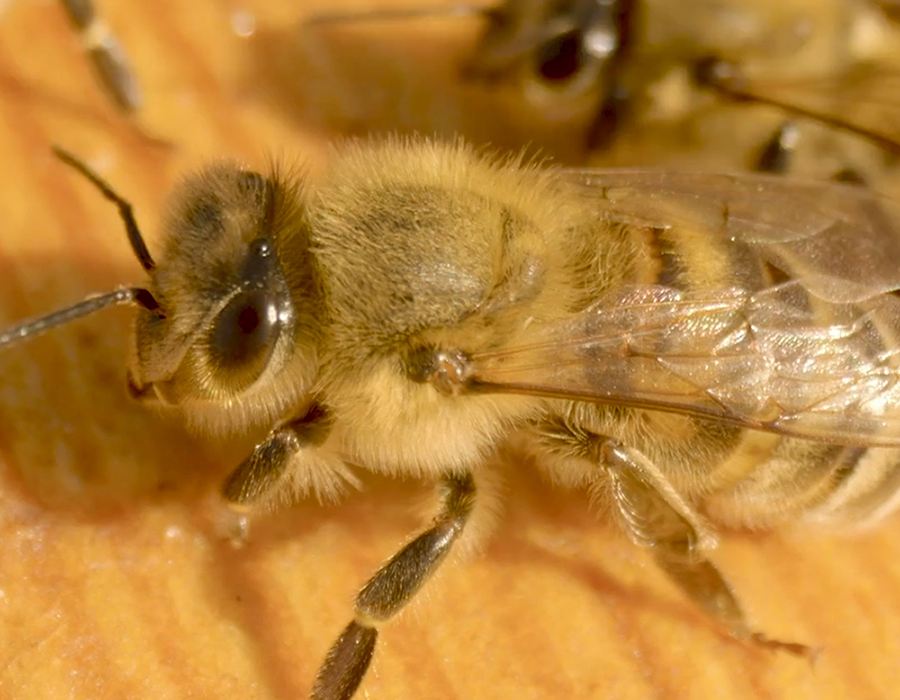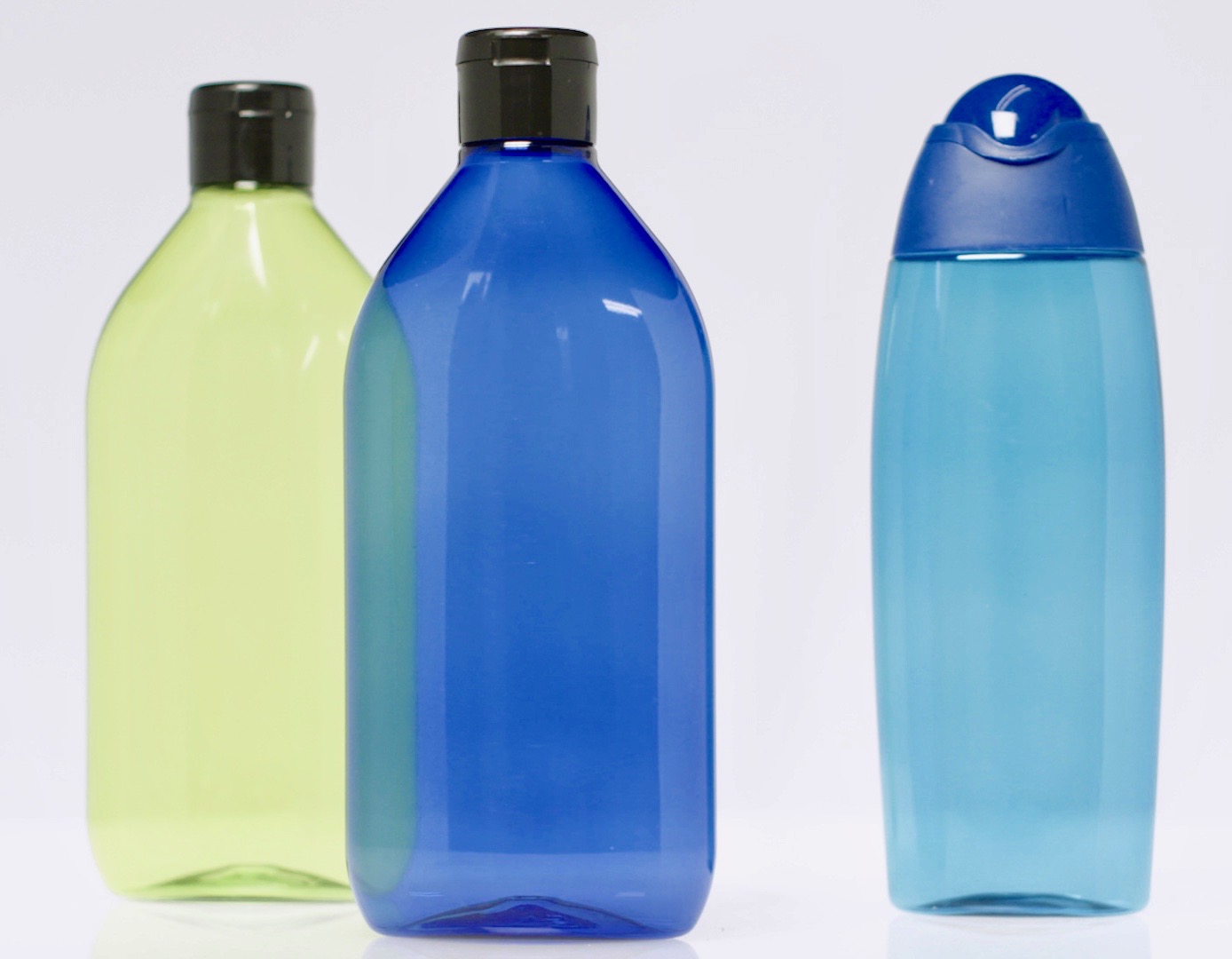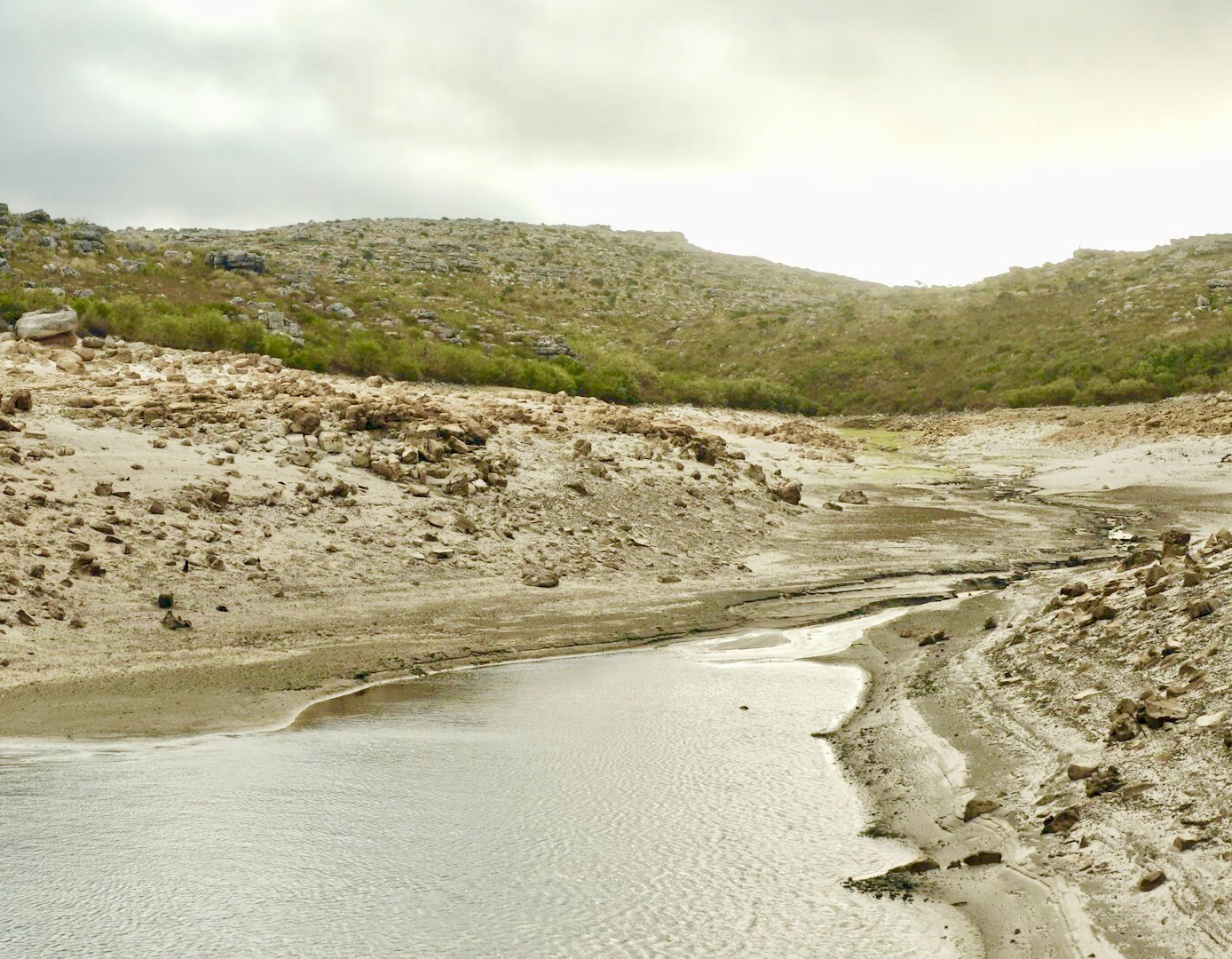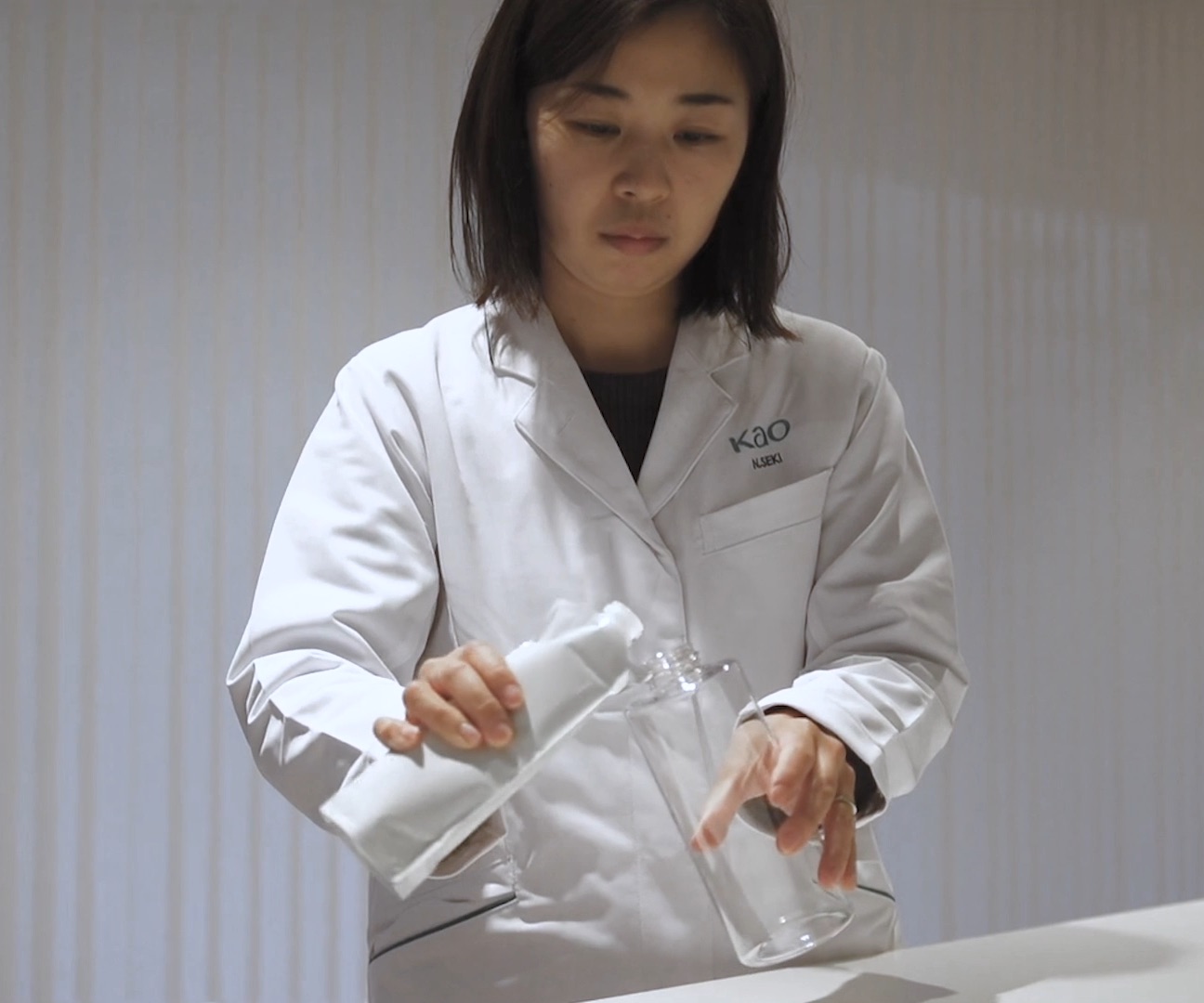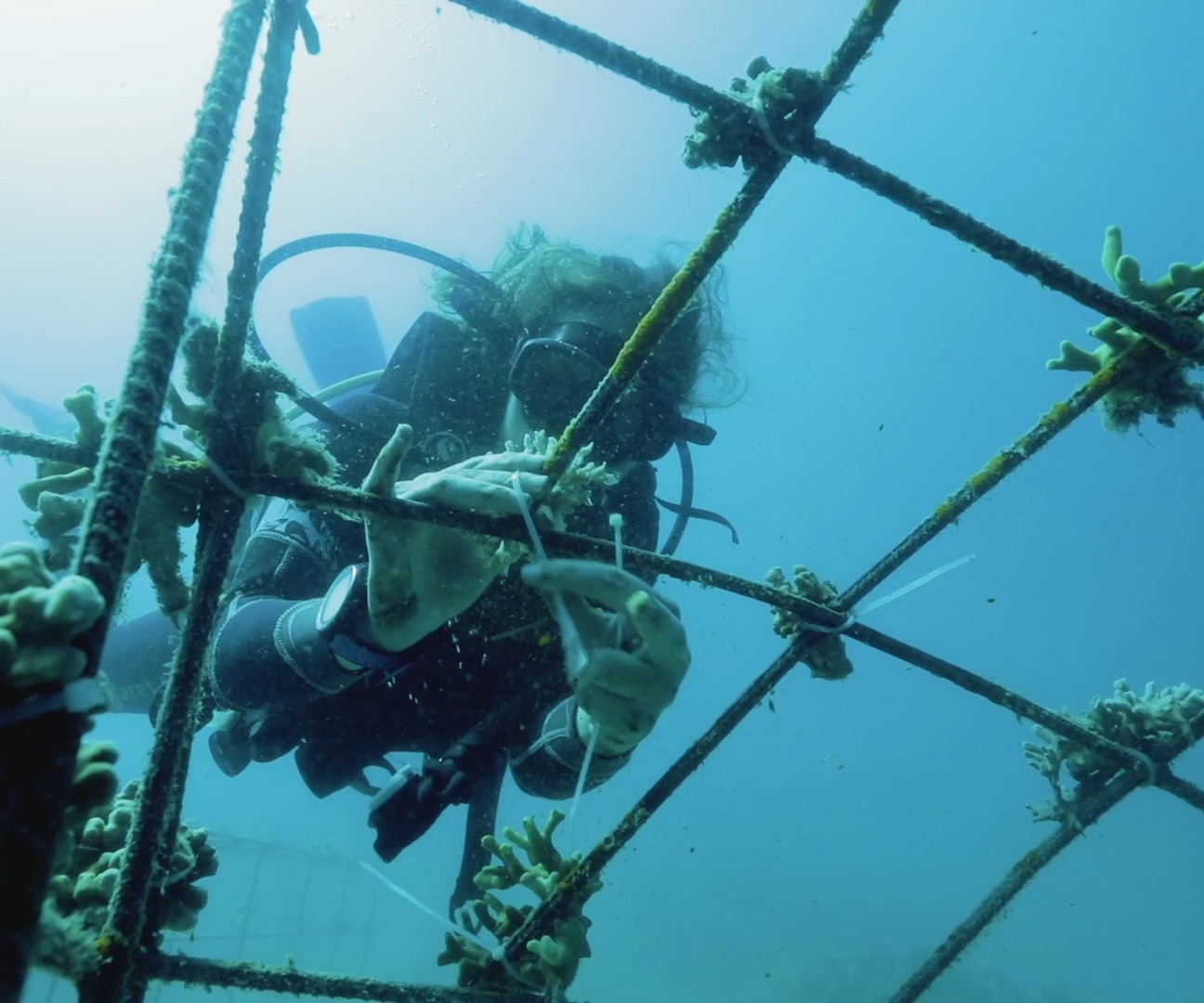Planet
How is the cosmetics industry tackling the challenge of sustainability?
Thanks to the combined efforts of wildlife documentary makers and high-profile climate change activists like Greta Thunberg, it’s now virtually impossible not to be aware of the impacts of humans on the natural world. From plastic waste to pollution, climate change to water conservation, the images we see in newspapers and beamed onto our televisions bring the reality of the choices we make and their impact on the natural world into sharper focus.
“Consumers are increasingly aware of issues that have to do with environmental sustainability such as climate change, water and air pollution and plastic waste. They understand more and more that they have a role to play in avoiding or limiting environmentally detrimental impacts,” says Manuela Coroama, a senior manager in the technical regulatory department at Cosmetics Europe, the personal care association.
The cosmetics industry has been taking proactive steps to improve sustainability for many decades. Behind its glossy veneer, an incredible amount of work goes into ensuring the companies are proactive and responsible. “A while ago I was looking through our member companies’ sustainability pages on their websites and I noticed that many of them have had initiatives in this area for decades, even going back as far as the 1960s and 1970s,” says Coroama.
While it’s plastic that’s hit the headlines in recent years, many cosmetic companies are taking a holistic approach to improving sustainability, guided by the life cycle approaches. This means from ingredient selection and harvest, to manufacturing, production and distribution, product use and disposal, every part of the life cycle is under the spotlight. “Many cosmetic companies are looking at all of these areas in a holistic way so that the products’ impact on the environment can be improved throughout their entire lifecycle,” says Coroama.
It starts, of course, at the very beginning with the design of a product, when a significant part of its environmental impact will first be determined. It’s at this stage that designers and product development teams will put to work all of the life cycle information they already have. Cosmetics Europe Environmental Sustainability Report 2017-2019 provides an example of this in practice, as it found one of Europe’s largest cosmetics manufacturers “has screened the biodegradability and water footprint of more than 40,000 of its formulas including shampoos, shower gels, skincare products, make-up and fragrances. By the end of 2015, the results were made available to the company’s product developers and an eco-design tool developed to ensure that all new formulas deliver an improved environmental profile while offering the same cosmetic and personal care benefits to the consumer”.
Crucially, environmental and social criteria are also increasingly considered when cosmetics companies are sourcing ingredients for their products. Deforestation is being minimised and steps are taken to ensure that biodiversity is conserved. In practice this means many cosmetics brands now work closely with key suppliers to ensure the quality, provenance and sustainability of the ingredients used in their products.
Although cosmetic companies will have ingredients, products and processes that differentiate them from competitors, there are some areas where brands share a common goal. As explained in the above-mentioned report, palm tree plantations, for example, are “under increasing scrutiny for their effects on the environment, including soil degradation, loss of carbon-sequestering forest and critical habitat for endangered species”. As a result, having recognised the need to “ensure that palm oil and its derivatives are farmed sustainably, without harming the environment or local communities”, many European cosmetics and personal care companies have committed to “source their palm oil from certified suppliers that have met strict social and environmental sustainability criteria”.
Great strides have also been made in manufacturing, where technology and innovation are helping to reduce energy and water consumption and there is an increasing emphasis on renewable energy to power production plants. Similarly, shifts in transportation methods towards rail and sea and towards hybrid and electric vehicles, additionally help the industry reduce the emissions associated with the transport of cosmetics.
While the industry has made huge efforts to limit its impact on the planet, consumers have a role to play too. For example, a study by Cosmetics Europe on the environmental impact of shampoo identified that only 5% to 20% of the total lifecycle environmental impact of shampoo is attributable to the raw materials, manufacture, distribution and packaging. This means that most of the environmental impacts of shampoo are attributable to the use and disposal of the product. One of the key factors here is water use - hair washing, for example, can use 20 litres of water.
Part of the answer is education, and how companies communicate about the way products should be used and then disposed of - including reuse and recycling - is vitally important, says Manuela Coroama. Cosmetics Europe produced a short video showing some of the ways in which companies and consumers can help to reduce their environmental footprint associated with shampoo. The industry’s role, beyond its own efforts to reduce the environmental impact of products and processes, is to help consumers make their own sound choices, she adds.
With heightened consumer awareness and care, and the continued hard work of the cosmetics industry, we can continue to make a real impact, says Coroama. “Environmental protection is an area where all actors in the value chain – industry, governments and consumers - must play their part and also work together”.

